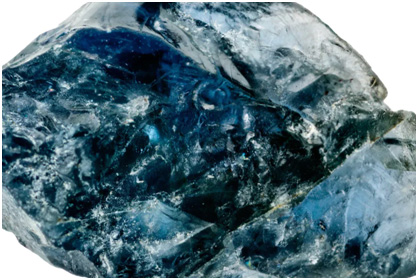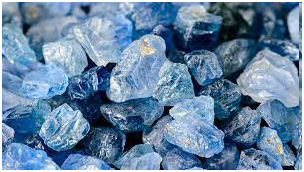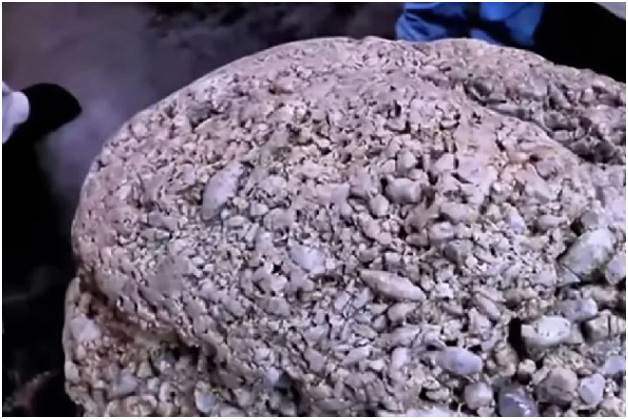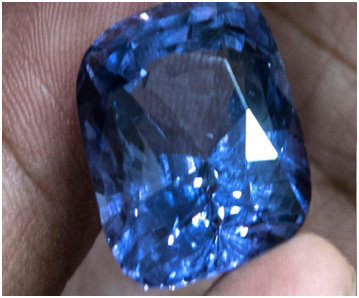
Accidentally, an inhabitant of Sri Lankan found unearthed Star sapphire cluster which was considered largest gem near his home in Ratnapura while a workmen was digging a well in his backyard. The Serendipity Sapphire cluster measures 2.5 million carats, or almost half a tonne. On the international market, it may be valued up to $100 million.
The owner of the land was alerted by the workers who were excavating the well that it was an unusual stones. Afterwards, they all tripped finding this massive specimen.
1 Year Processing Time
Before it could be tested and verified, the cluster had to be cleaned of contaminants for more than a year. This technique produced a small number of high-quality star sapphires, such as those shown in the accompanying image. Despite the fact that not all stones in the cluster may be graded, the Serendipity Sapphire is exceedingly uncommon due to its size.

Largest Star sapphire cluster
National Gem and Jewellery Authority of Sri Lanka Chairman Thilak Weerasinghe told the BBC. Because of its scale and worth, we believe individual collectors and museums will be interested in purchasing the work.

It weighs 510 kg, two and a half million carat gemstone.It is considered to be the largest sapphire stone in the world. The owner of land is a professional gem trader.
Because of its history of noteworthy gem discoveries, Ratnapur, which means “city of jewels” in Sinhala, has become synonymous with valuable stones. As a top exporter of precious gems, Sri Lanka brought in approximately half a billion dollars in revenue last year.
Even yet, it doesn’t take away from the significance of finding the Serendipity Sapphire! An estimated 400 million years have elapsed since the formation of the enormous cluster, which is light blue in colour. Unbelievably, it was discovered by accident in someone’s backyard.

A sapphire of this size has never been found before in the history of the planet. According to Sri Lankan jewellers, a sapphire found in Sri Lanka in 1770 was inserted in Kate Middleton’s engagement ring. It was Princess Diana’s ring. 400 million years are said to have passed since the formation of this particular rock.
